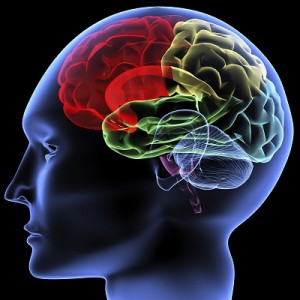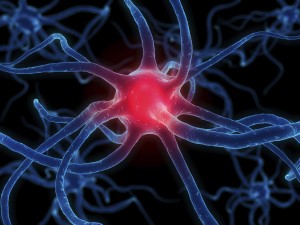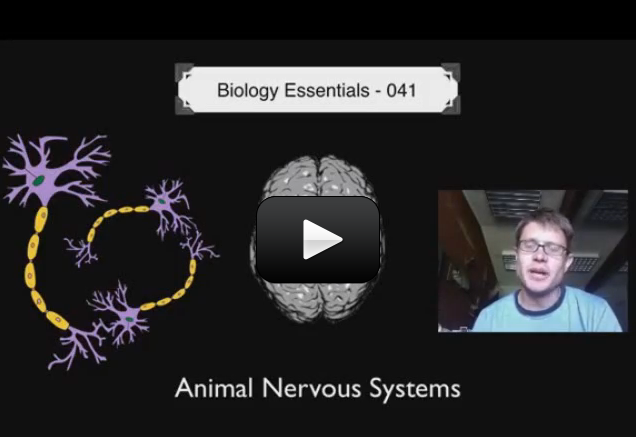 Your body is made of organs, like your heart, lungs or stomach. These organs work together to allow you to breathe, eat, move, and do just about everything else you need to do. Organs working together are called organ systems. Although all organ systems are important, and necessary for us to survive, the most important system might be the nervous system, the system that controls all the others. This system not only controls all the systems of your body but also allows you to learn and use language, senses conditions inside and outside your body and prepares you to fight or flee if you are in a dangerous situation.
Your body is made of organs, like your heart, lungs or stomach. These organs work together to allow you to breathe, eat, move, and do just about everything else you need to do. Organs working together are called organ systems. Although all organ systems are important, and necessary for us to survive, the most important system might be the nervous system, the system that controls all the others. This system not only controls all the systems of your body but also allows you to learn and use language, senses conditions inside and outside your body and prepares you to fight or flee if you are in a dangerous situation.
This is a video about the more advanced concepts about neurons, nerves, and signals:
Imagine you walk into your home one night and it’s pitch black. You quickly flick on a light switch and the room is immediately lit up. You may have never thought about it, but it’s kind of amazing that this happens. Even though it may be a long distance from the light switch to the actual light, the light comes on.
Fortunately, messages in your nervous system also travel at the speed of electricity. The nervous system is made of bundles of nerve cells called nerves. Nerve cells called neurons send messages, called nerve impulses, throughout the body. Since these messages are electrical impulses, they travel very quickly. Neurons are also covered with a fatty covering called myelin which insulates the neuron, like the plastic on the outside of a wire, allowing the nerve impulse to travel even faster.
 Look at the shape of the neuron. These cells are the perfect shape for their job of sending messages all over the body. The small extensions on the end of the cell are called dendrites and get nerve impulses from other cells. The longer extension at the other end of the cell is called an axon and sends nerve impulses to other cells. The central part of the cell, between the dendrites and axon, is called the cell body. This part of the cell contains the nucleus and all the organelles, which are small structures inside the cell. The place where the axon of a nerve cell meets the dendrites of another nerve cell or another type of cell is called a synapse.
Look at the shape of the neuron. These cells are the perfect shape for their job of sending messages all over the body. The small extensions on the end of the cell are called dendrites and get nerve impulses from other cells. The longer extension at the other end of the cell is called an axon and sends nerve impulses to other cells. The central part of the cell, between the dendrites and axon, is called the cell body. This part of the cell contains the nucleus and all the organelles, which are small structures inside the cell. The place where the axon of a nerve cell meets the dendrites of another nerve cell or another type of cell is called a synapse.
Neurons can be classified, or put into groups, based on their job in the body. Sensory neurons carry messages from the organs to the brain and spinal cord. Motor neurons carry messages from the brain and spinal cord to organs, glands, and muscles.
Have you ever wondered how cells communicate? Here’s a video for advanced, curious students:
As you can see, the nervous system does many things and has many parts. Consider the chart below, which lists the divisions of the system. Each part of the system plays a unique and important role in allowing the other body systems to function.

